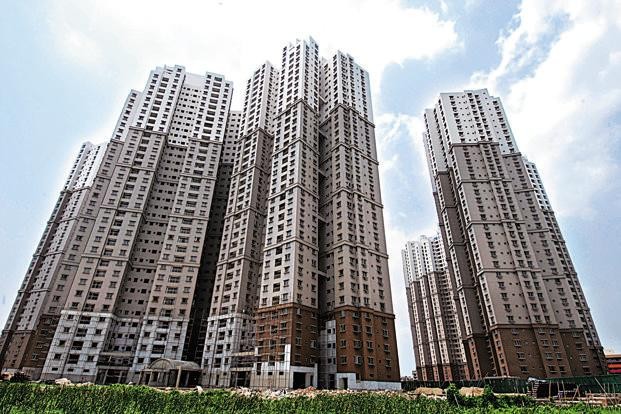Chennai Gets a New Way to Calculate Property Tax

- A
- By Admin
- Aug 04, 2018
- 0 Comments
- 41 Likes
- 3010 Views
The Chennai Corporation has come up with a brand new formula to determine how much Property Tax Chennai residents owe. This long awaited, newly introduced method of calculating Property Tax is different from its predecessor in many ways.
Mainly because, with this formula tax is calculated based on the street your house is on, and not the area you live in - which was how it was done previously. The calculation also took into consideration the cost of construction and value of the property. With each street having its own rates depending on the guideline values and monthly rental value.
The following factors into consideration, while assessing property tax:
- Plinth Area
- The basic rate of the street in which the property is located
- Usage of the Building (residential or non-residential)
- Nature of Occupancy (owner or tenant)
- Age of the Building
Neighborhoods identified by the Corporation as core areas will have a 50% hike and the newly added areas will have a 10% hike.
The extended areas like Ambattur, Allandur and Shollingnallur used to have their own calculation for property tax. But now there is a common calculation. They have recalculated the base street rate so that the residents either pay the same amount or up to 10% more.
The extended areas that were under Municipalities or Town Panchayats are now merged with the civic body and their property tax shot up as BSR ( or Base Street Rate) is a major component in tax calculation.
The corporation has collected all the values for each area and calculated the annual rent value of the properties.
This will not reduce the disparity because some areas like Allandur and Ambattur have a Base Street Rate between 1.25 and 4, that is higher than core areas but will see a hike of about 10%. On the other hand, Core Areas with just 0.25 to 1.5 will see a 50% hike. This is because residential properties cannot have tax hikes of more than 50%.
Although some residents in added areas like puzhuthivakkam, Madhavaram and Ambattur are dejected with the 10% hike because they feel that they do not get basic facilities offered to urban homeowners, but still have to pay put up with the tax hike.
But for the most part, residents are happy with the merging of the civic body because they feel that roads are more developed and their grievances are addressed better by the Corporation when compared to the Municipality.
And lastly residents of most core city areas like Thiruvanmiyur will not be overly affected by newly added revisions to the guideline value because the percentage they pay will not differ that much.
General Revision of Property Tax , 2018
Out of total 45856 streets, % of Basic Street Rates revised for residential and non-residential properties is stated below: Source
|
Residential |
Non- Residential |
||
|
10% to 20% |
11821 streets |
10% to 25% |
1903 streets |
|
21% to 30% |
1453 streets |
26% to 50% |
2879 streets |
|
31% to 40% |
14469 streets |
51% to 80% |
18042 streets |
|
41% to 50% |
18113 streets |
81% to 100% |
23012 streets |
|
Total |
45856 streets |
Total |
45856 streets |
You May Also Like
SEARCH
RECENT POSTS
- Understanding Sale Deed in India
- How to apply for a NEW PAN card in India
- Mindspace REIT listing INDIA after Embassy REIT Success
- GOVT considering 100% FDI in completed housing projects
- Karnataka may cut property guidance value value by 5-10%
- Projects under RERA to get six month extension
- TNRERA Extends Project completion date by Five months
- RBI Extends Moratorium On Loans For Another 3 Months Till August
- How To Apply Encumbrance Certificate In Tamil Nadu
- Know all about KHATHA


